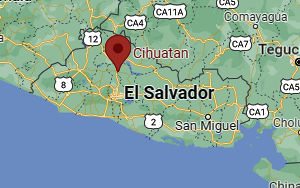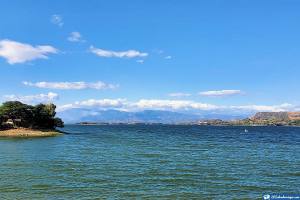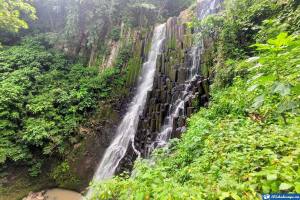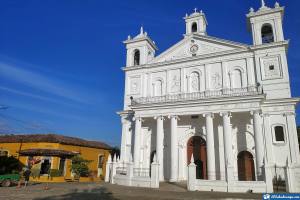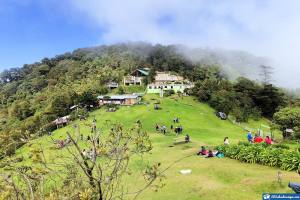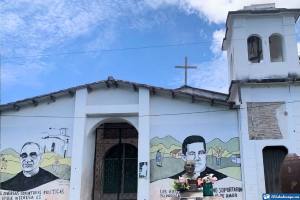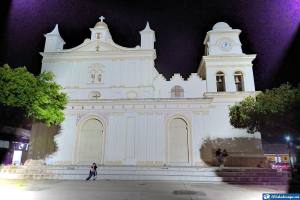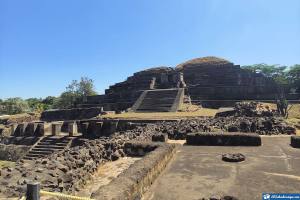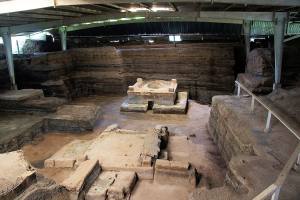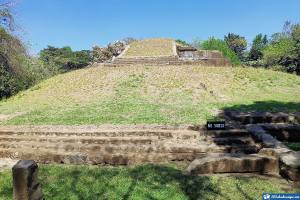One of the largest and most fantastic pre-Hispanic localities in Central America is the Cihuatán Archaeological Site, an extraordinary monumental complex you cannot miss when you come to El Salvador.
Discover all the history of this archaeological site. We are sure you will be amazed.
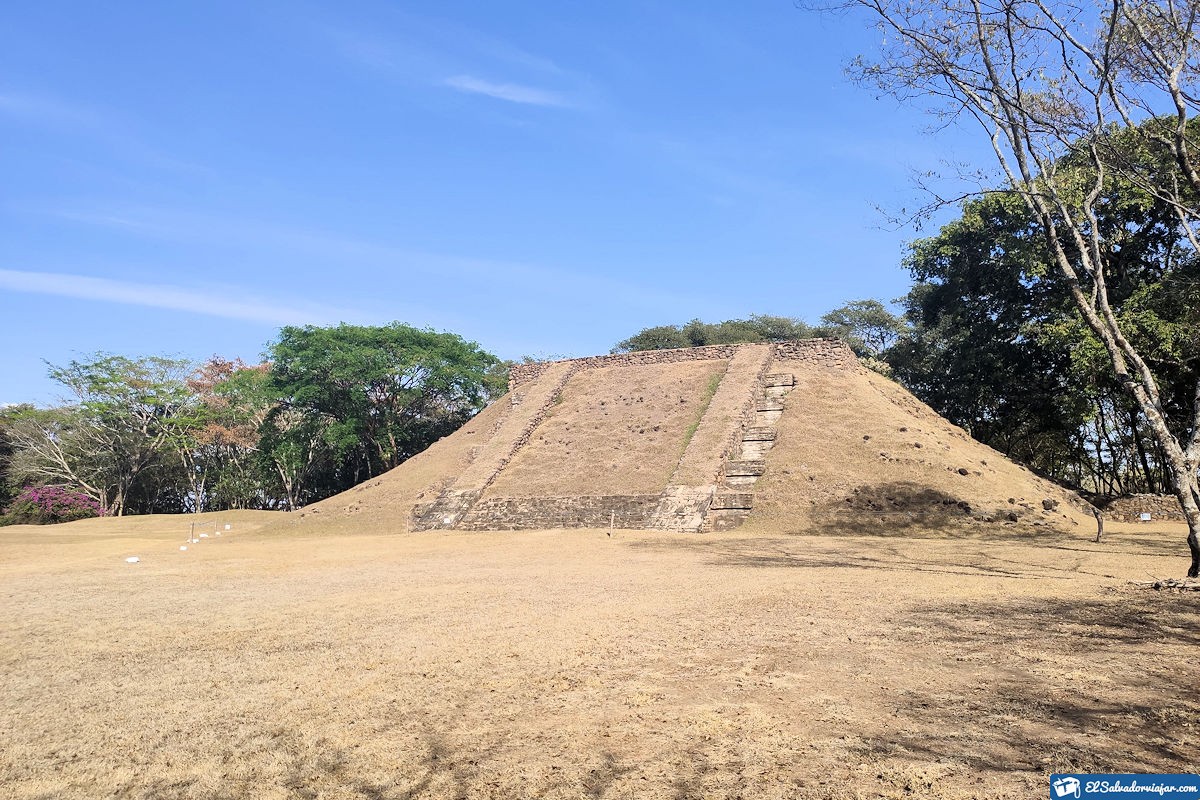
CIHUATAN - Archaeological Sites of El Salvador. Photo by ElSalvadorViajar.
Cihuatán Data
| Country: | El Salvador |
|---|---|
| Department: | San Salvador |
| Category: | Archaeological Sites |
| Route: | Mayan Route |
| Culture: | Pipil, Maya and Lenca |
| Period: | 900 to 1200 a.C. |
Location and history of the Cihuatán Archaeological Site
The impressive Cihuatán Archaeological Site is located in the department of San Salvador, specifically in the municipality of Aguilares, almost 37 kilometers north of San Salvador, the capital of our country.
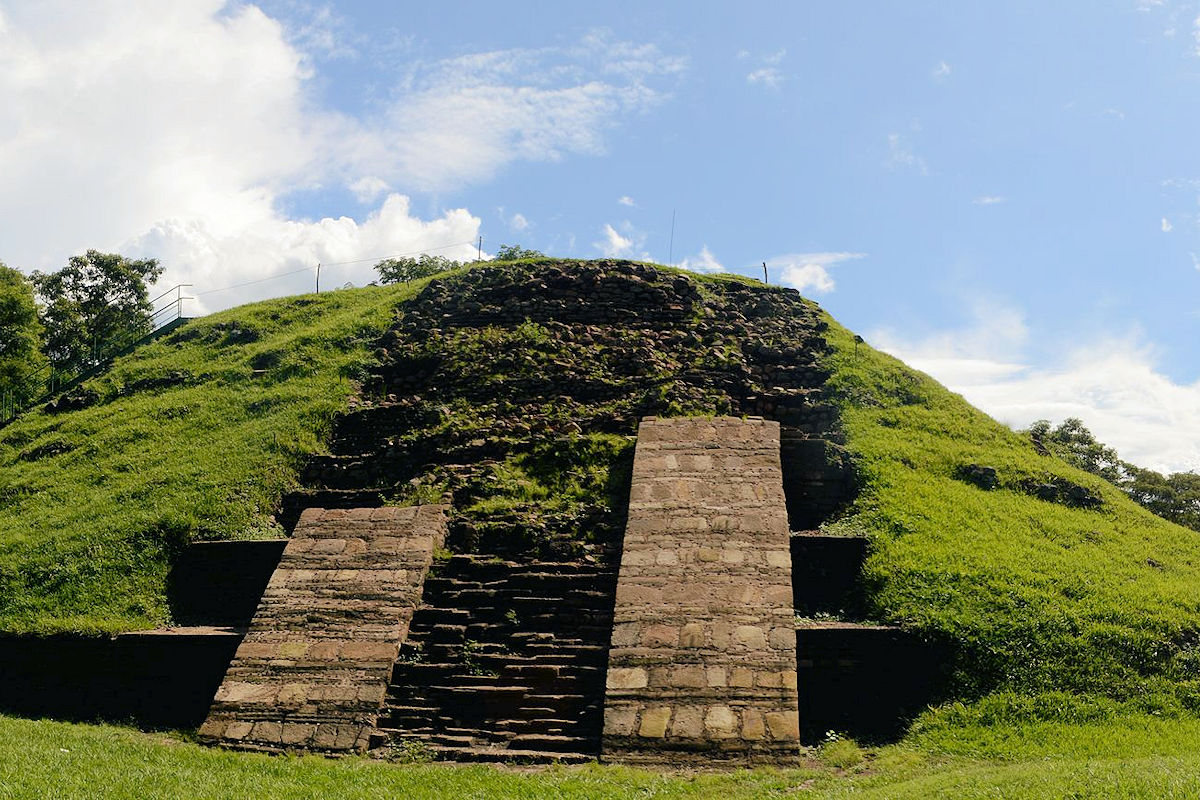
It occupies an area of approximately 28 hectares, indicating its great importance in its moments of splendor. To the east, we will see the silhouette of the imposing Guazapa Volcano.
According to studies, it is presumed that the city was built and entirely inhabited as a regional capital between 900 and 1200 A.D., long after the strange “Mayan collapse,” its occupant’s indigenous people from different ethnic groups, such as Pipil, Mayan, or Lenca.
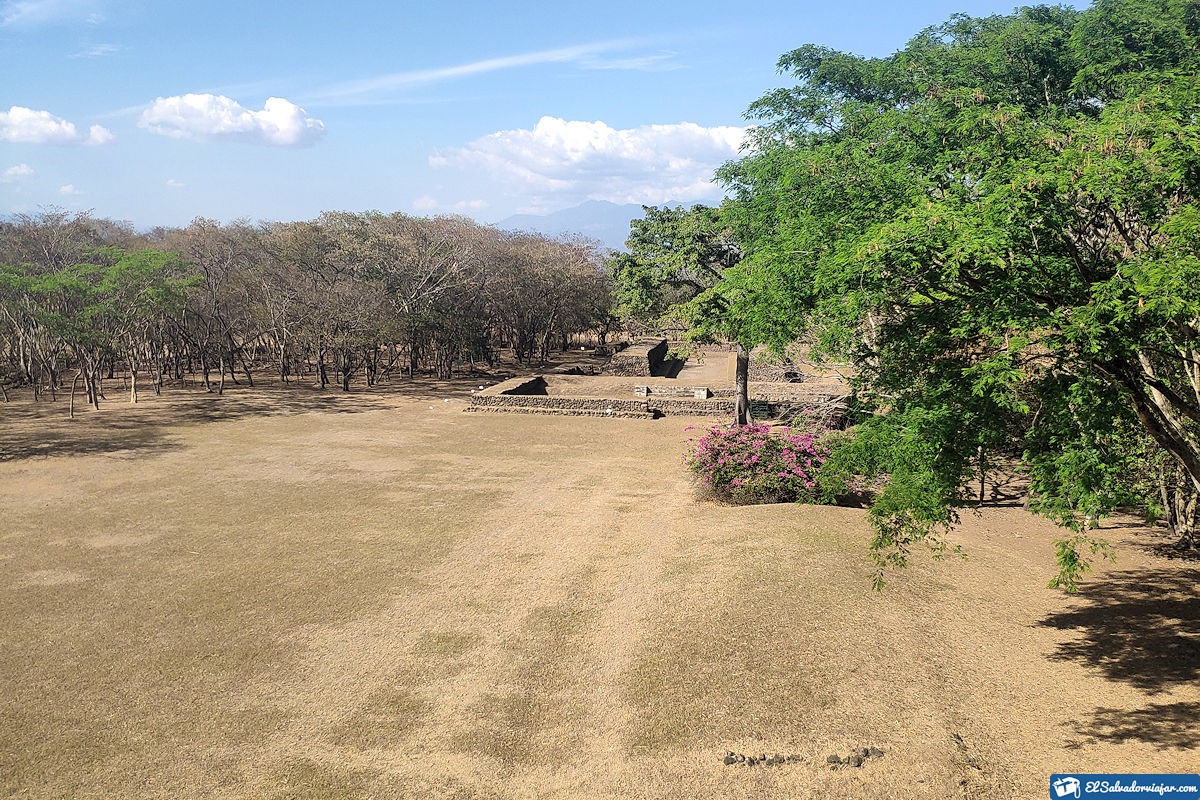
It was built on the hill and meadows of the Acelhuate River and had a strategic position to control traffic between Honduras, what would later become El Salvador, and also the Caribbean Sea.
The name of the Cihuatán Archaeological Site in Nahuatl means “place of the woman.” It is given by the sinuous form of a woman lying on the Cerro de Guazapa.
It is known for its ceramic trade, from the Guazapa Phase, with Veracruz in Mexico, the Mayas of Guatemala, Costa Rica, and Nicaragua.
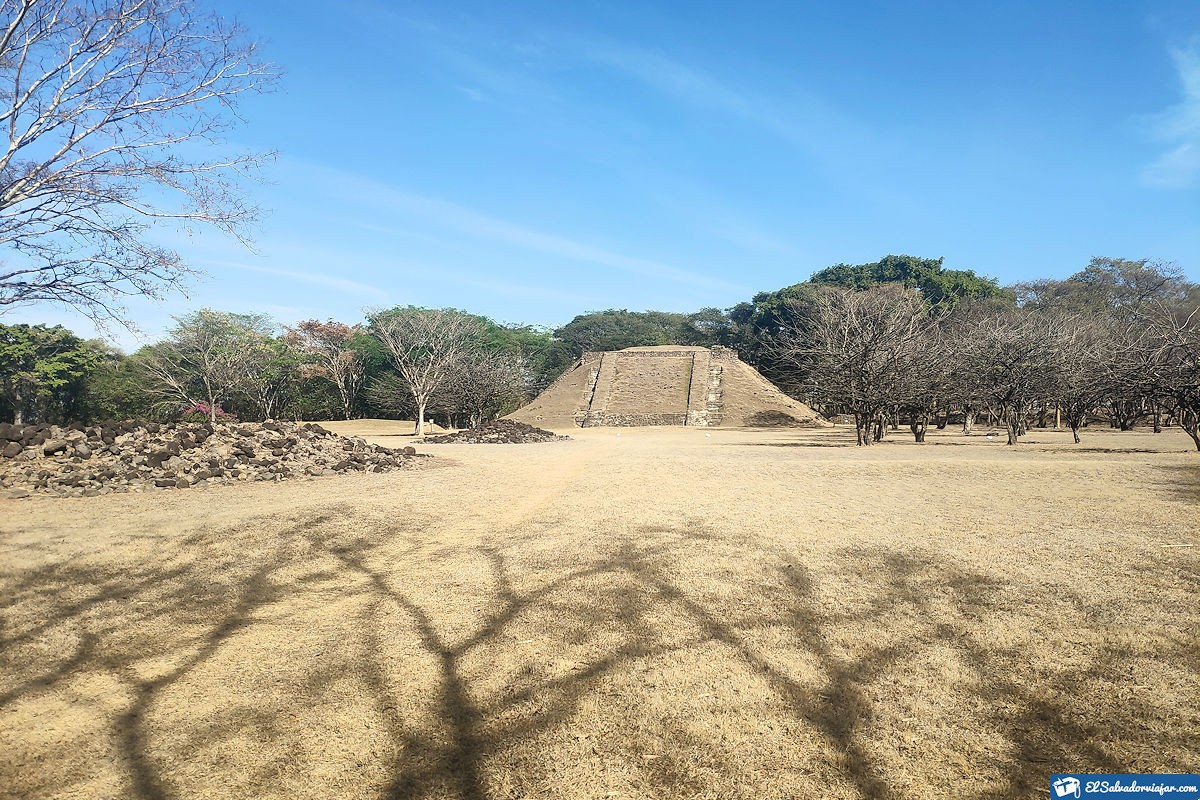
The Cihuatán Archaeological Site was suddenly abandoned by its inhabitants around 1100 A.D., and experts debate between two reasons. Some argue that Indians burned the city because of the intense conflicts at that time. In contrast, others say there was a great fire in the months of drought when the forests were dry, and its magnitude was such that they were forced to abandon even their belongings.
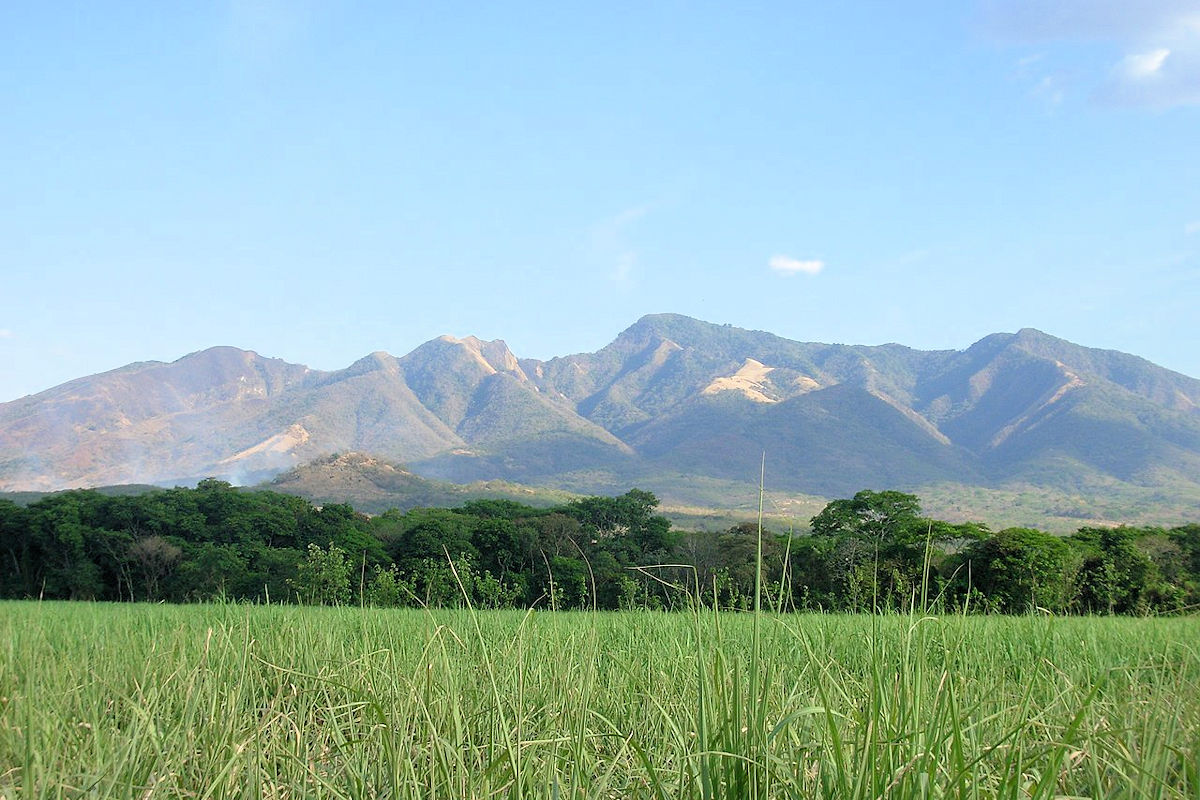
In the middle of the 20th century, the vital researcher and archaeologist Stanley H. Boggs made surprising discoveries to the south of the acropolis, composed of remains of ceramics and miniature cups.
What to see at the Cihuatán Archaeological Site
This system of complex buildings‘ urban characteristics is perceived as ideally identifying four zones.
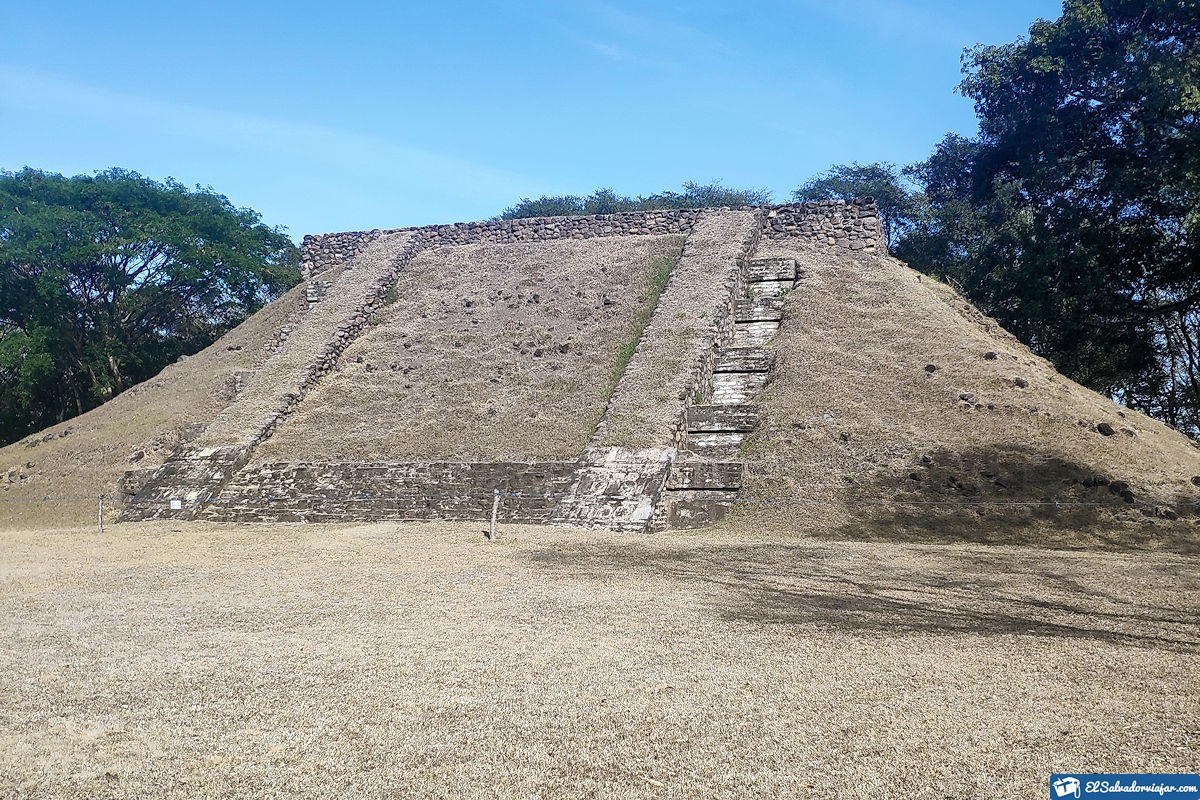
Ceremonial Center
It is a fortified enclosure that covers the Primordial Pyramid; there are also two spaces to play ball with bleachers and a structure that is believed to be a Castle. The vast plaza served as a place for the Market.
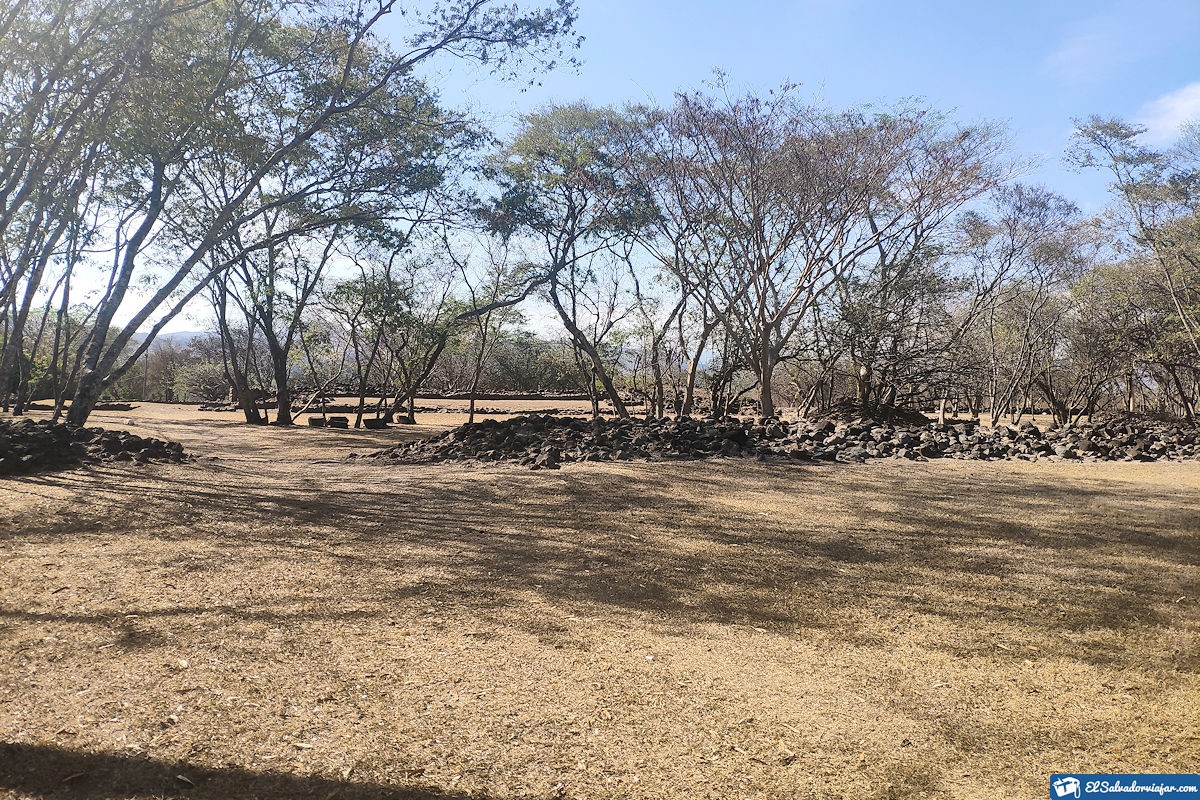
La Campana
It is the top of the Primordial Pyramid, which visitors like to climb to have panoramic views.
Court or “Tlatchtli”
It is a corridor of 60 meters long by 30 meters wide inside the Cihuatán Archaeological Site, where the residents had fun, but it is presumed that it also served as a place of worship.
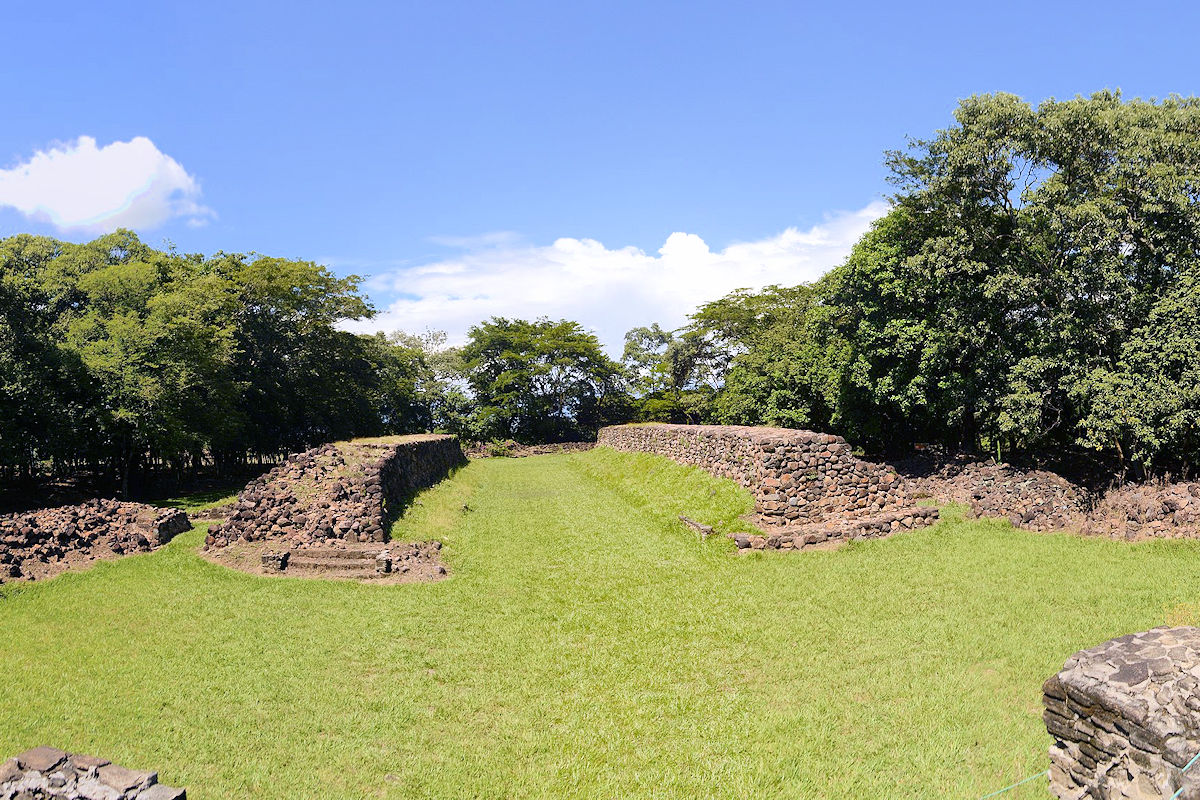
The Fortress or Acropolis
It results in an ample space that supports other buildings. On a small platform, Stanley Boggs found fragments of pottery, and the figure of a dog with wheels, including the burial of a woman.
Antonio Sol Museum
It was opened it in 207 in honor of this researcher, who was one of the first to carry out excavations in this place. It exhibits photos, drawings, and texts related to the Cihuatán Archaeological Site.
How to get to the Cihuatán Archaeological Site
If you visit this place and use a bus, you must go to the Terminal de Oriente in San Salvador, take the buses that take the route to Chalatenango or La Palma, and tell the driver to drop you off at the entrance of the ruins.
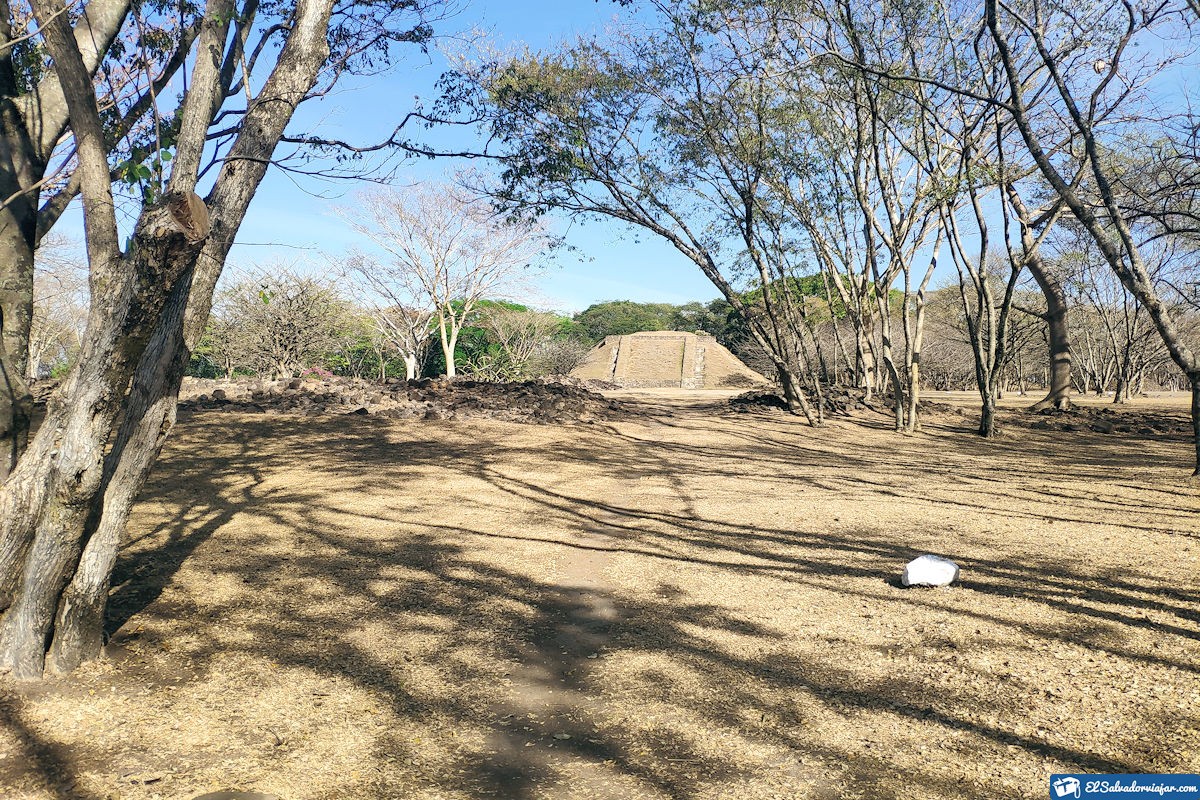
On the other hand, if you travel by car, take the Troncal del Norte highway, and about 4 kilometers from the exit of the town of Aguilares, you will be at the entrance of the Archaeological Park.
All roads to the Cihuatán Archaeological Site are well signposted so that you can reach this destination without significant inconveniences.
Recommendations for visiting the Cihuatán Archaeological Site
Remember that we are in a tropical country, and especially the area of the Cihuatán Archaeological Site is quite hot, so we hope you take into account these suggestions.
- If you wish, you can hire a specialized private company to do the tour.
- If you come with a private vehicle, you can park your car in the specially marked areas and pay $1.00 for parking.
- You should bring enough water to hydrate yourself during the excursion.
- It is advisable to bring cool clothes, comfortable shoes, hats, sunscreen, and don’t forget insect repellent.
- The park has restrooms and a small cafeteria where they sell some snacks and water.
- You can bring a snack to share with your family in the picnic area. Remember to take back any waste you generate and deposit it in the garbage containers.
- Although you are outdoors, try not to smoke to avoid damage to a sensitive and fragile ecosystem.
- Visitor hours at the site are Tuesday through Sunday, from 9:00 am to 4:00 pm.
- The entrance fee is $1.00 for Salvadorans; for Central Americans and foreign residents, it will be $3.00, while for the rest of the foreign tourists, it is $5.00.
- Only municipality residents, including students with valid IDs, disabled, children under 12 years old, and seniors, have free admission.
Nearby places to visit
On the Troncal Norte highway, you can visit the Aventura Tropical Turicenter, a water park with different pools and slides and delightful green spaces.
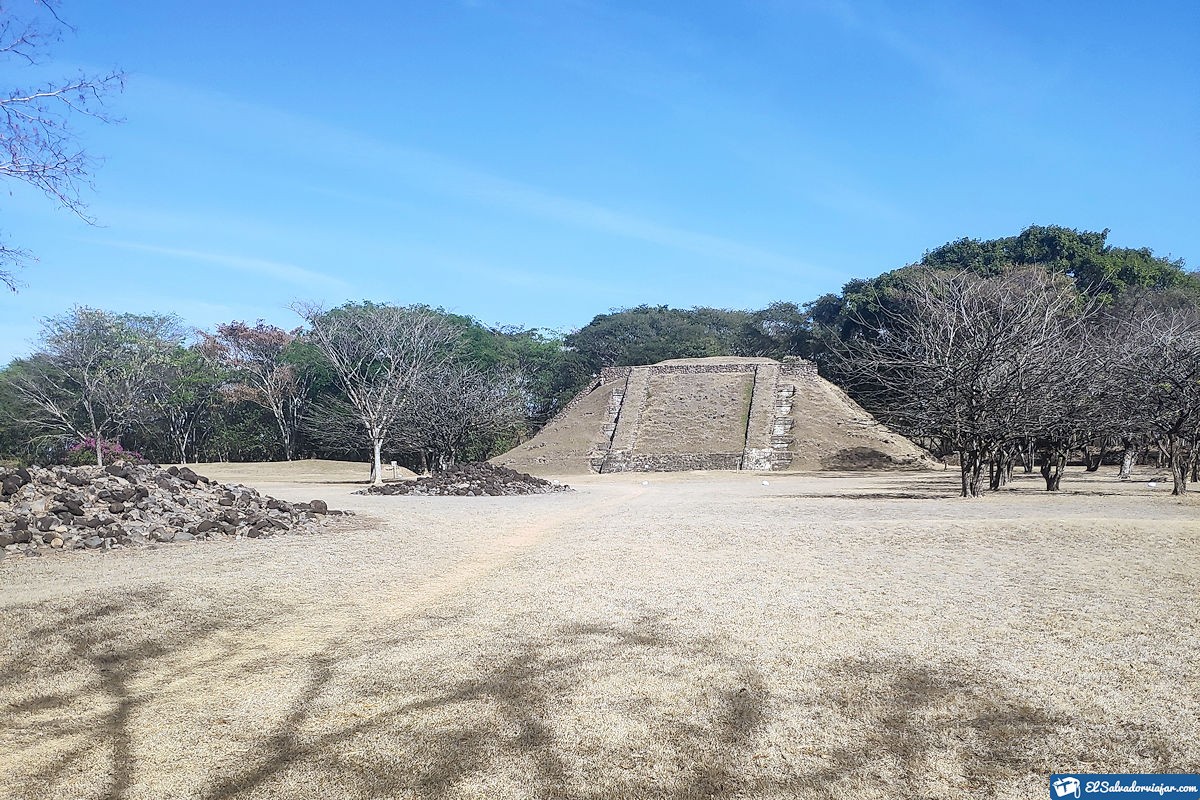
Approximately 4 kilometers from the Cihuatán Archaeological Site is Aguilares, a wonderful village with a colonial air, where you can stroll through its streets and enjoy its recreational spaces.
And finally, we suggest a visit to Suchitoto, which shows you the charm of its cobblestone streets, surrounded by splendid colonial houses.
You can not miss these places so significant in El Salvador’s history, especially the Cihuatán Archaeological Site.
The beauty of this ancient enclosure and the evident progress of its society leaves us with great morals and excellent teaching about the cultural development of this Central American country.
